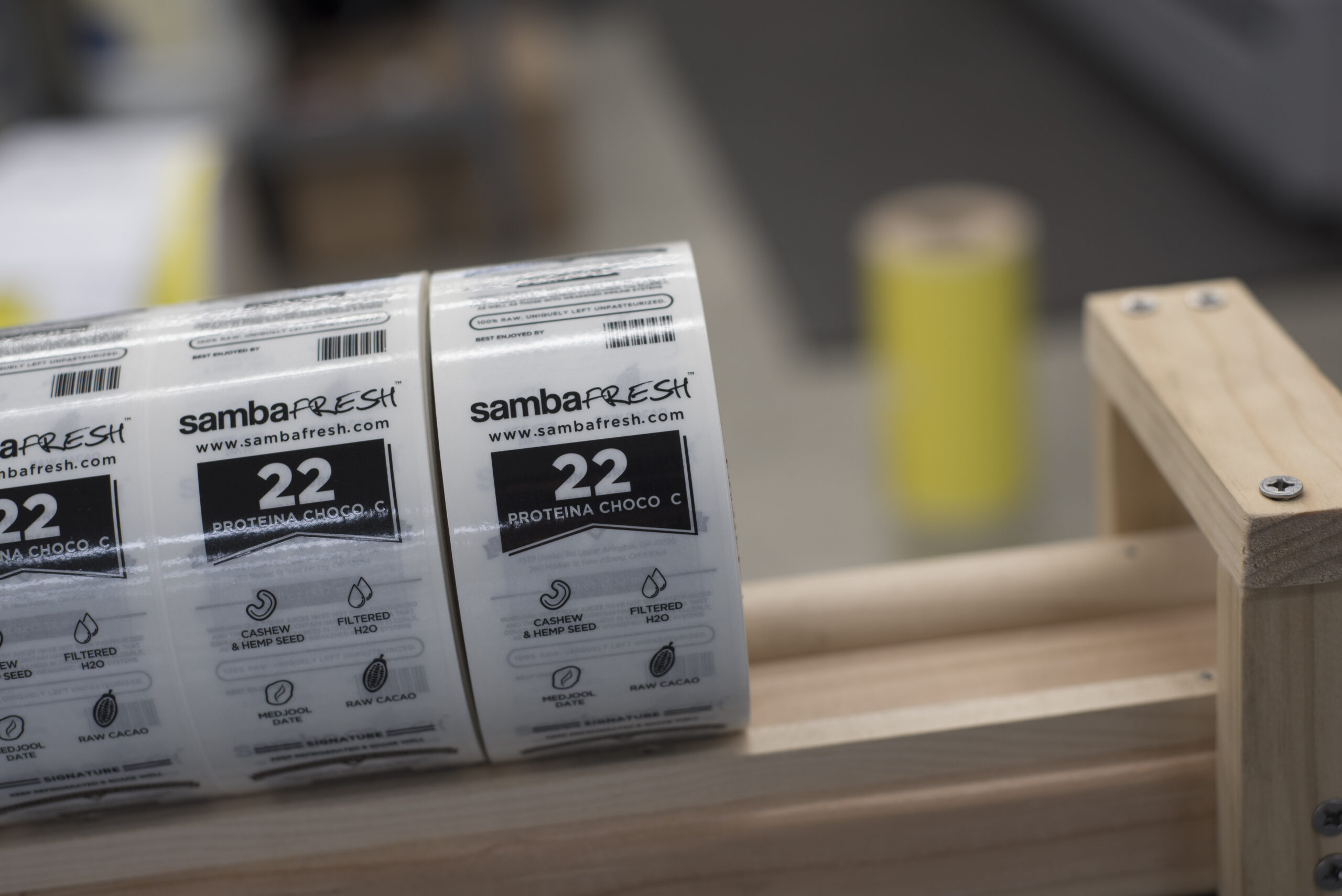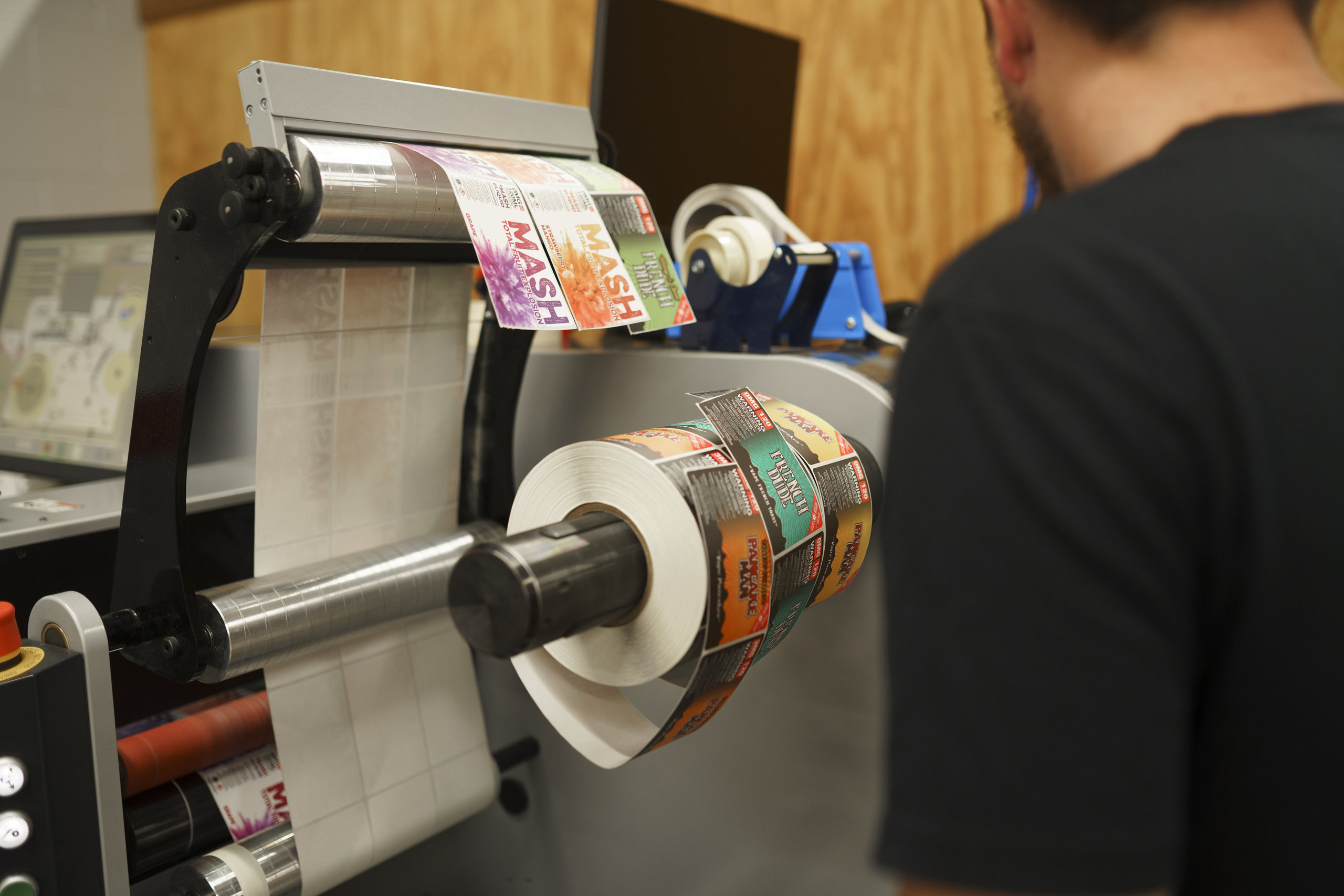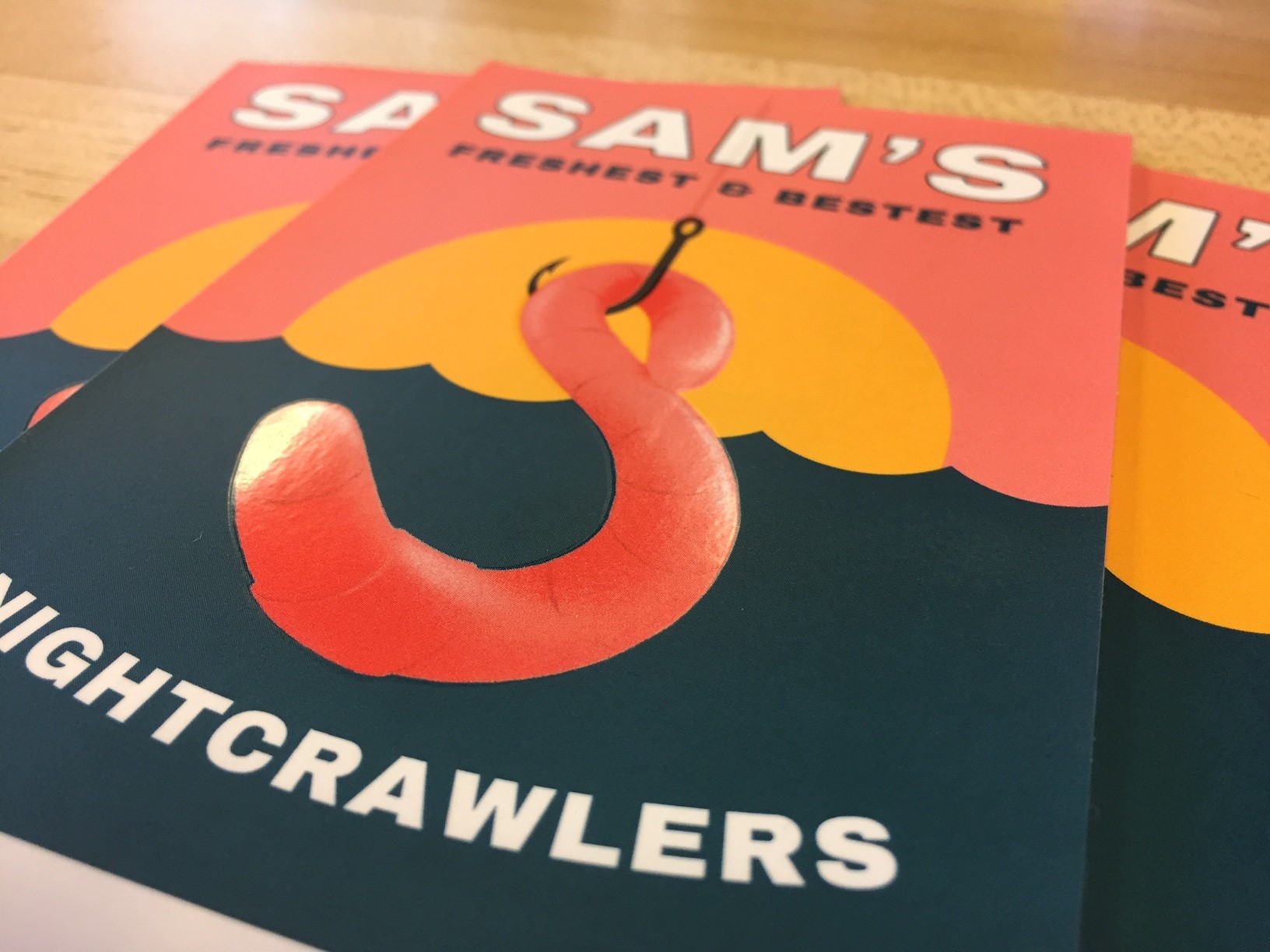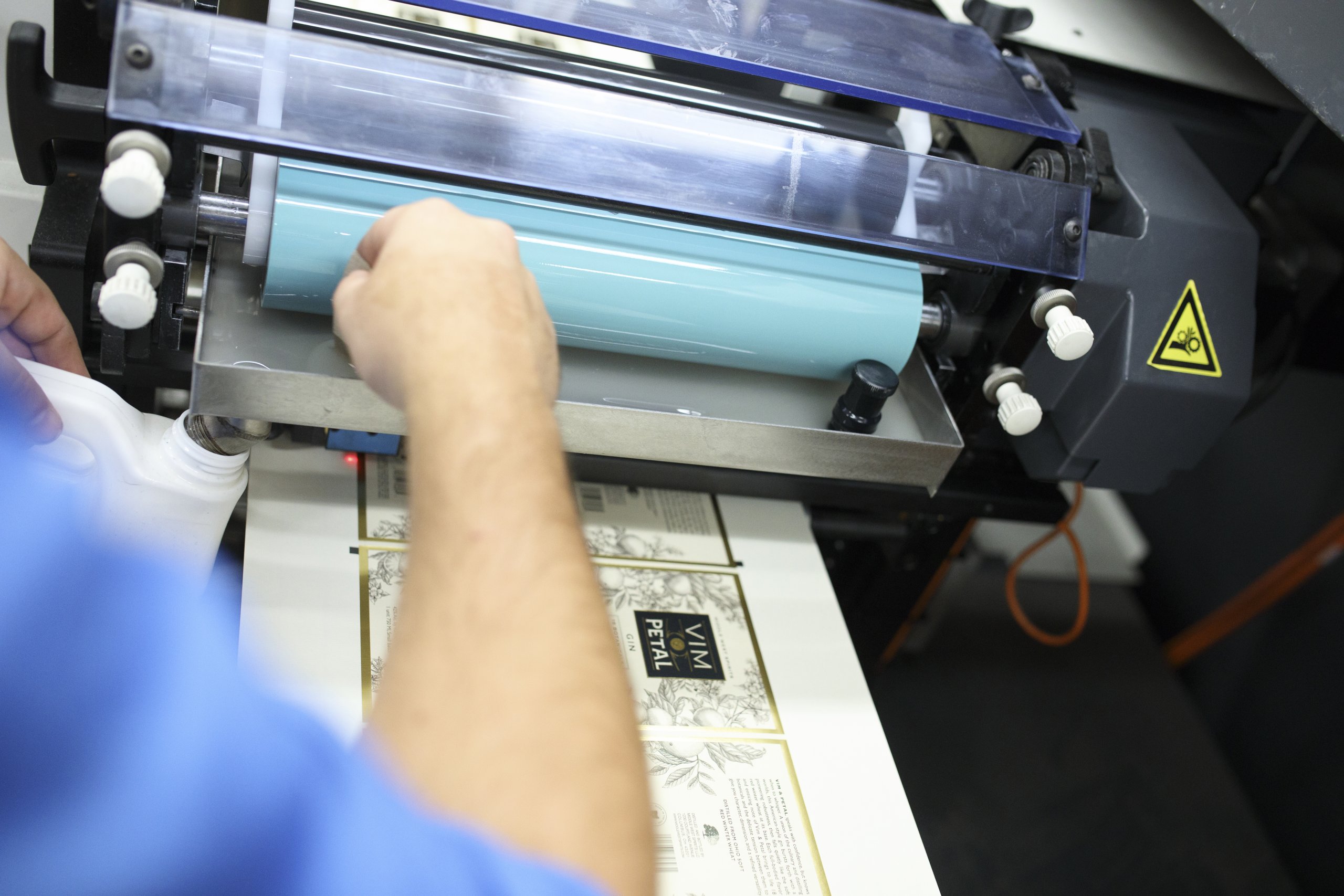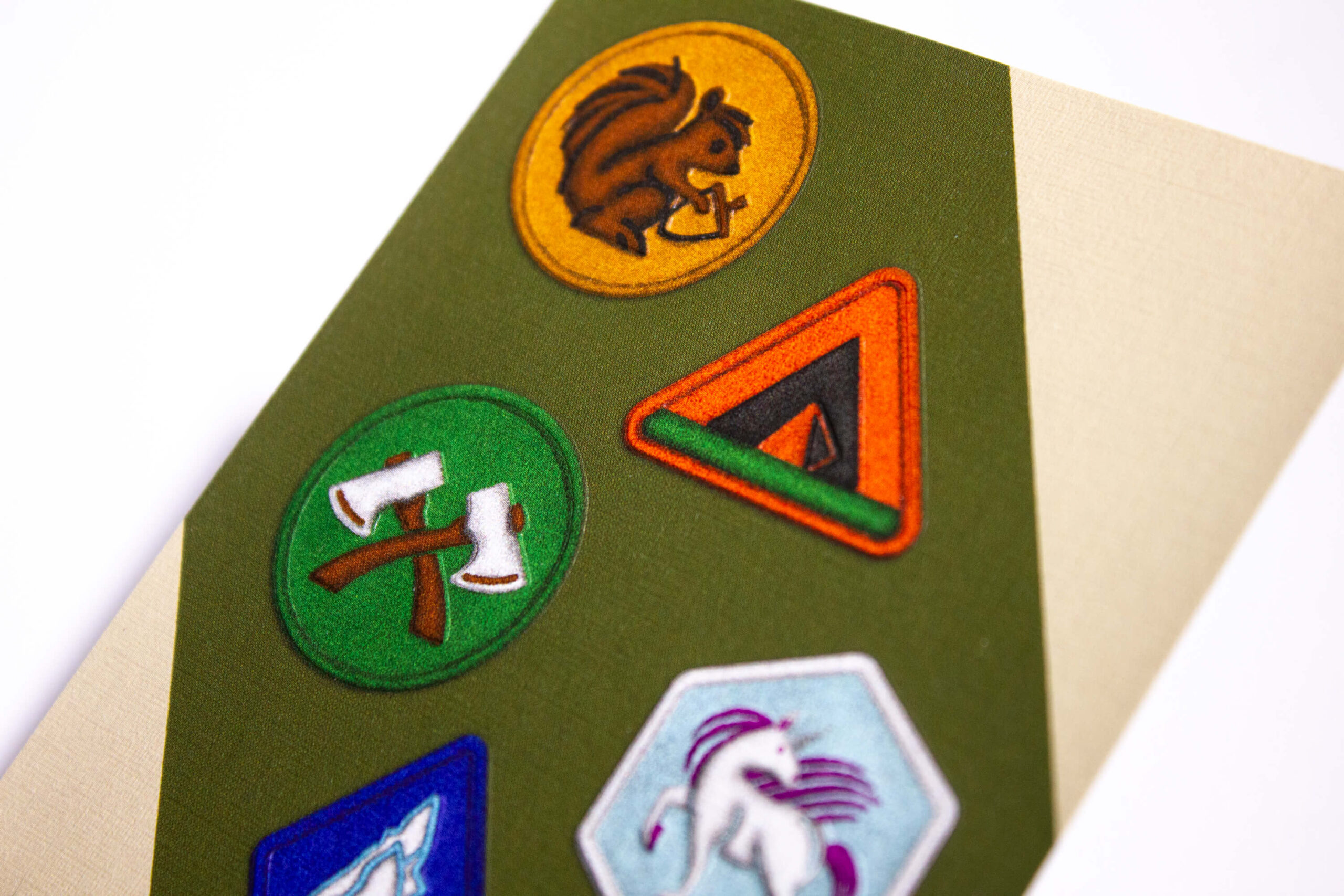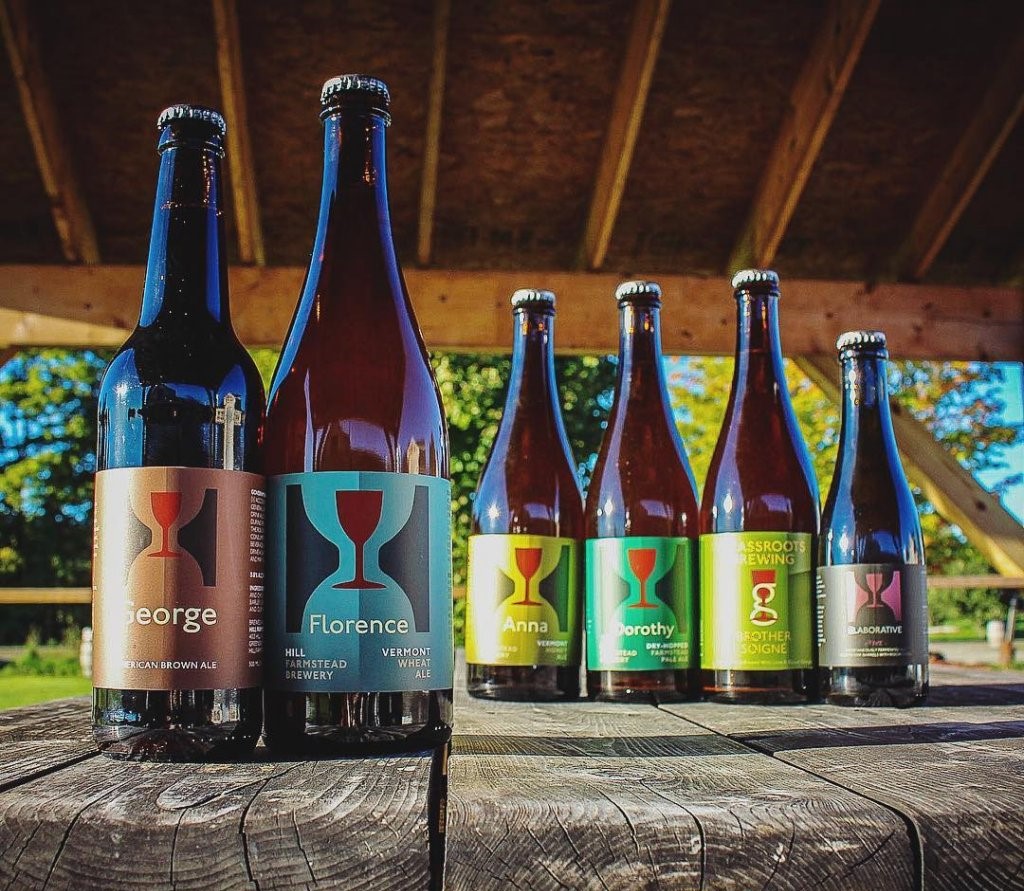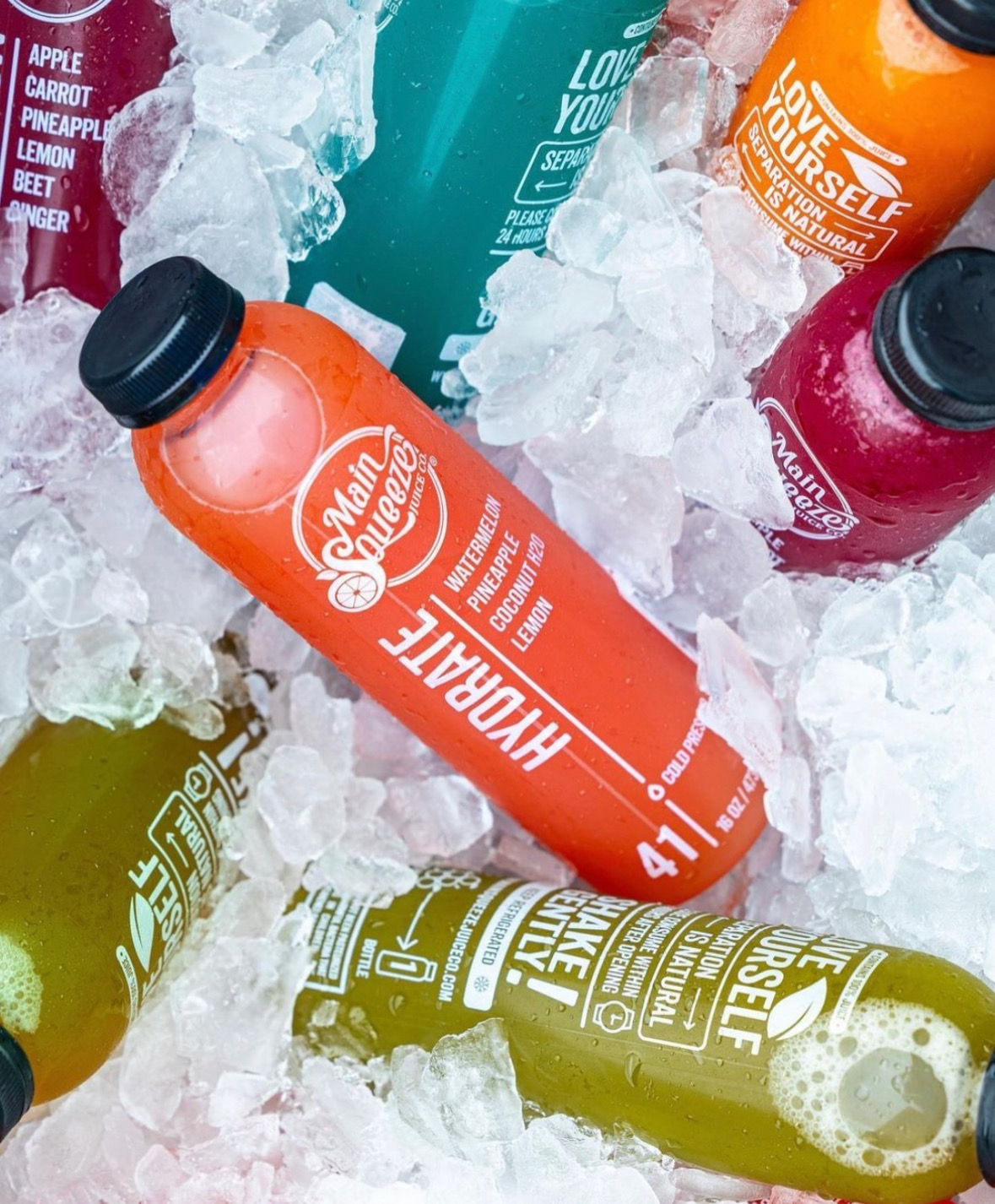Pros and Cons of Different Types of Label Materials
- facestocks
- film labels
- paper labels
Choosing the right label material can be the difference between a sharp, eye-catching label and one that just doesn’t cut it in real-world conditions. We know you need labels that not only look fantastic but also stick to your products, handle tough environmental challenges, and fit within your budget.
In this guide, we’ve combined our hands-on experience with industry research to help you make a smart, informed decision.

Quick Comparative Overview
Before we dive into the details, here’s a side‐by‐side snapshot of key performance metrics for the two main label facestocks—paper and film.
Facestocks are basically the top, visible layer of your label that gives it its look and durability. This table gives you a quick reference based on standardized test data and recent industry studies.
| Metric | Paper Facestocks | Film Facestocks |
| Adhesion Retention | Can lose ~30% stickiness over 6 months when exposed to a lot of moisture and sunlight | Retains over 95% adhesion even with extended outdoor use |
| Durability | Prone to wrinkling, tearing, and water damage—even with wet-strength treatments | Shows robust resistance to water, UV, heat, chemicals, and abrasion, based on standardized tests (Packaging Strategies, 2023) |
| Cost | Lower upfront cost; potential higher long-term replacement costs in harsh environments | Higher upfront cost; may yield long-term savings due to fewer replacements, as seen in case studies (Packaging Strategies, 2023) |
| Customization | Versatile with several finishes (semigloss, gloss, textured, etc.) | Offers opacity adjustments, various finishes, and high print quality, according to industry data (Label & Narrow Web, 2022) |
| Sustainability | Options available (e.g., recycled paper); limited lifecycle data available | Increasing eco-friendly innovations, with some materials meeting eco-certifications like the EU Ecolabel and U.S. Green Seal (Smithers Pira, 2022) |
Understanding Label Facestocks: Paper vs. Film
Paper Facestocks
Paper labels are versatile and come in several varieties:
- Semigloss
- Gloss
- Textured
- Linen
- Felt
- Estate
- Metalized
Paper labels are usually less expensive than film, which makes them a good option if your product doesn’t face conditions like exposure to moisture or sunlight. Some paper stocks—like textured or matte-coated papers for wine labels—might cost a bit more, but they’re often chosen for premium products like fine wines or craft spirits.
- Performance Considerations: While paper labels look sophisticated, they’re a bit more delicate. Paper isn’t waterproof—even wet-strength paper (paper that’s been treated to resist water) will eventually absorb moisture. Plus, paper labels can wrinkle or tear if not handled carefully. One way to counter these issues is by opting for thicker paper stocks or adding an overlaminate—a protective coating that boosts durability and moisture resistance.
- Durability: Standard paper labels can lose about 30% of their stickiness over six months when exposed to moisture and sunlight, as shown in independent tests from Label & Narrow Web. (Results may vary based on your environment.)
- Cost: If you’re working indoors, the upfront savings with paper labels are attractive. But in high-humidity or outdoor settings, the costs for replacements—or even product recalls—might add up, cutting into those savings. A case study from Packaging Strategies even found that switching to more durable materials could reduce total packaging costs by up to 25%. (Keep in mind, your results might vary.)
Film Facestocks
When your products need to stand up to tougher conditions, film facestocks might be the way to go. With film labels, you get:
- Strong resistance to water and moisture
- Excellent UV light stability
- Heat resistance
- Chemical resistance
- Abrasion resistance
Another perk of film is that you can tweak its opacity. Whether you need completely opaque labels to protect sensitive products or a clear cover for that “no label look,” there’s a film option for you. Digital label printers typically offer several types of film, including:
- Polypropylenes (BOPP): This sturdy film can be clear, white, or metalized—ideal for beverages, specialty foods, and other high-end labels.
- Polyester (PET): Known for its durability, PET labels excel in outdoor settings, handling extreme temperatures, UV light, and chemicals. They come in clear, white, or vinyl finishes.
- Polyolefin: Soft and flexible, this film is perfect for beauty products or flexible packaging where the label must stay legible even when the product is squeezed.
For clarity, here’s a quick rundown:
- BOPP: Great for general-purpose applications with a focus on visual appeal.
- PET: Best suited for harsh outdoor or industrial settings.
- Polyolefin: Perfect when you need a flexible label that stays readable.
As we mentioned in the table above, film labels typically maintain over 95% adhesion even after extended outdoor use—lasting roughly 30% longer than standard paper labels. These results come from standardized tests reported by Packaging Strategies.
Film labels do have a higher upfront cost, but various studies show they can save you money in the long run by reducing the need for frequent replacements. Just keep in mind that the actual savings will depend on your specific application.
Sustainability and Environmental Impact
Sustainability isn’t just a trendy term—it’s a real consideration when choosing your label material. Here’s what recent research shows:
- Lifecycle Assessments & Certifications:
More than 80% of manufacturers are now opting for eco-friendly materials (that will depend on industry, of course). We’re seeing a big push toward recycled paper facestocks and biodegradable films that meet certifications like the EU Ecolabel and U.S. Green Seal (Smithers Pira). - Carbon Footprint & Eco-Innovations:
A recent whitepaper from Smithers Pira highlights that eco-friendly labels are experiencing double-digit growth. Adding lifecycle assessments and carbon footprint data into your evaluation can give you a clearer picture of long-term environmental impacts.
Application-Specific Recommendations
Every product and environment is different, so here’s some advice to help you choose the best material for your unique needs:
- For High-Humidity or Outdoor Environments: Go with film facestocks paired with adhesives engineered for plastics and metals. This combo helps your labels stay stuck and look good over time.
- For Premium Consumer Goods: High-gloss or metalized film options can enhance your brand’s appeal on the shelf.
- For Indoor or Controlled Environments: Paper labels might do the trick if budget is your main concern—just be sure to choose thicker stocks or add an overlaminate to guard against unexpected moisture.
- For Products Requiring Rapid Turnaround: If you need quick reprints or frequent updates, both paper and film offer flexibility. Pick the one that best matches your product’s needs.
While film labels often come out ahead in terms of durability, we also recognize that in some controlled indoor settings, paper is still a practical choice.
Quick Checklist for Choosing Your Label Material
Here’s a handy checklist to get you started:
- Evaluate Environmental Challenges: What temperature ranges, humidity levels, and UV exposures does your product face?
- Compare Performance Metrics: Look at adhesion strength, durability, and longevity—check out standardized test data if you can.
- Analyze Cost vs. ROI: Weigh upfront costs against long-term savings from fewer replacements or less maintenance.
- Match to Substrate: Substrate means the surface your label sticks to (like glass, metal, or plastic). Make sure your chosen material works well with it.
- Check Sustainability Standards: Does the material meet eco-certifications like the EU Ecolabel or U.S. Green Seal?
Get the Right Materials for Your Labels
We know choosing the right packaging material can feel overwhelming. At Blue Label, we offer both paper and film labels and work side-by-side with you to find the best match for your needs and budget.
Contact us today to learn more about your material options, request a quote, or get a free sample pack.
